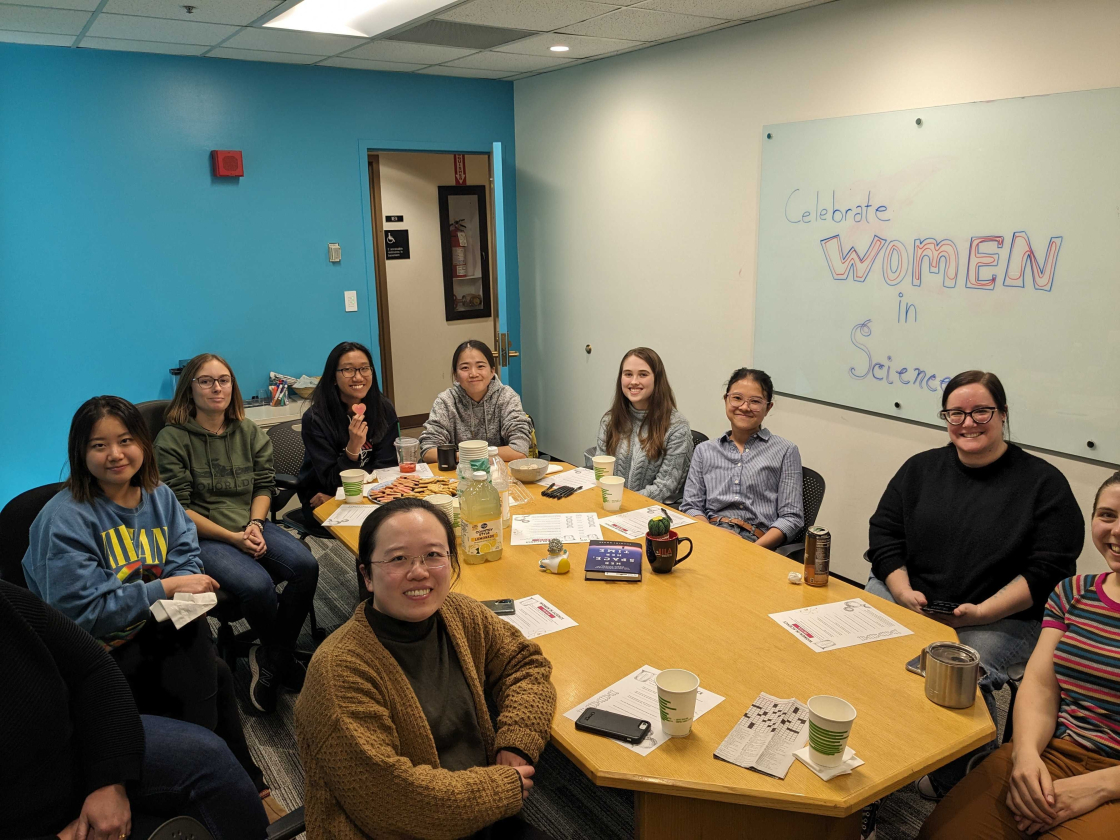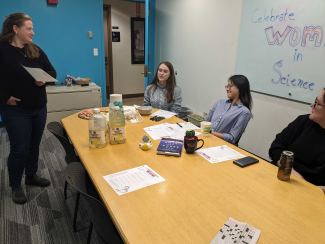In a vibrant celebration of International Day of Women and Girls in Science 2024, women of JILA's scientific community gathered in the Debbie Jin Rooms (S209) for a unique networking event designed to foster connections and celebrate the achievements of women in the field of science. The event attracted various participants, ranging from first-year graduate students to 3rd-year postdocs, and offered a casual yet intimate setting for attendees to share experiences, challenges, and accomplishments.
International Day of Women and Girls in Science 2024 holds a pivotal place in the annual calendar, globally recognizing the crucial role women have played and continue to play in the scientific community. This day is not only a celebration of the achievements of women scientists but also an important reminder of the challenges they face, including gender bias and underrepresentation in certain fields. It's a day to inspire and encourage young girls and women to pursue their interests in science, technology, engineering, and mathematics (STEM) and support their ambitions with mentorship, resources, and equitable opportunities.
JILA's history of fostering many curious and inspiring women mirrors the broader narrative of gradual progress and increasing visibility of women in science. JILA has been home to trailblazing women who have made significant contributions to their fields since its inception. The naming of the Debbie Jin Rooms, in honor of the late Deborah Jin, a renowned physicist known for her groundbreaking work in ultracold atoms, exemplifies the institution's recognition of the impact of its female scientists.
JILA's commitment to fostering an inclusive and supportive environment for all scientists has been instrumental in advancing many women's careers, from graduate students to senior researchers. Celebrating International Day of Women and Girls in Science at JILA honors the legacy of its female scientists. It reinforces the institution's ongoing commitment to promoting diversity, equity, and inclusion within the scientific community.
Written by Kenna Hughes-Castleberry, JILA Science Communicator






